LOST VEGAS: Liberty’s Last Stand Was Not What It Seemed
Posted on: January 25, 2023, 06:05h.
Last updated on: January 26, 2023, 02:30h.
It’s appropriate that the hottest bar to open in Las Vegas in 1931 opened on April Fool’s Day. More on that in a moment.
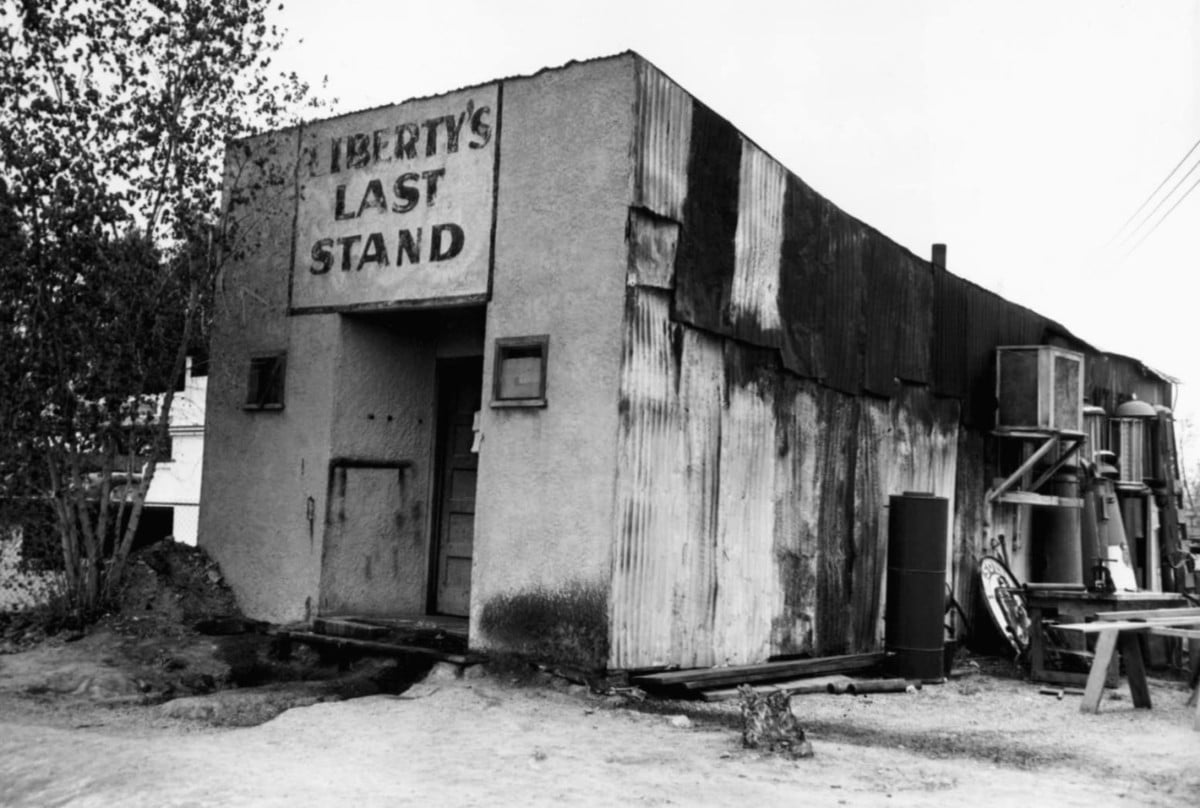
Liberty’s Last Stand, located at 10 Stewart Ave. downtown, was a dilapidated Wild West saloon packed with the city’s best booze and worst drunks.
W.W. “Bill” Cantrill owned the building. He was also the self-appointed “boss of the red light district,” and his “Fish and Shrimp” bar on the adjacent Block 16 was a front for the prostitution going down in 10 rooms out back.
What the customers, liquor suppliers, and even the bartenders didn’t know about Liberty’s Last Stand was that it was a front, too. Ralph Kelly, acting as an undercover agent for the US Justice Department, had rented the space from Cantrill to aid in a sting operation against the bootleggers hired to supply it.
Even the local police didn’t know – because the sting was meant to ensnare them, too.
Get it now – Liberty’s Last Stand?
Prohibition Opposition
By then, Nevada had enough of Prohibition, which began 103 years ago last week. That’s when Congress ratified the 18th Amendment as a well-intentioned but ill-conceived attempt to lower the crime rate, improve general health, and raise the morals of its citizens.
More than half of Nevada’s adults drank illegally, either from bottles at home or at the city’s numerous illegal speakeasies. The magazine Literary Digest, which published public opinion polls on Prohibition, found that Nevada had the highest rate of Prohibition opposition in the country. Even Las Vegas’ mayor, Fred Hesse, was arrested for operating an illegal still in 1928.
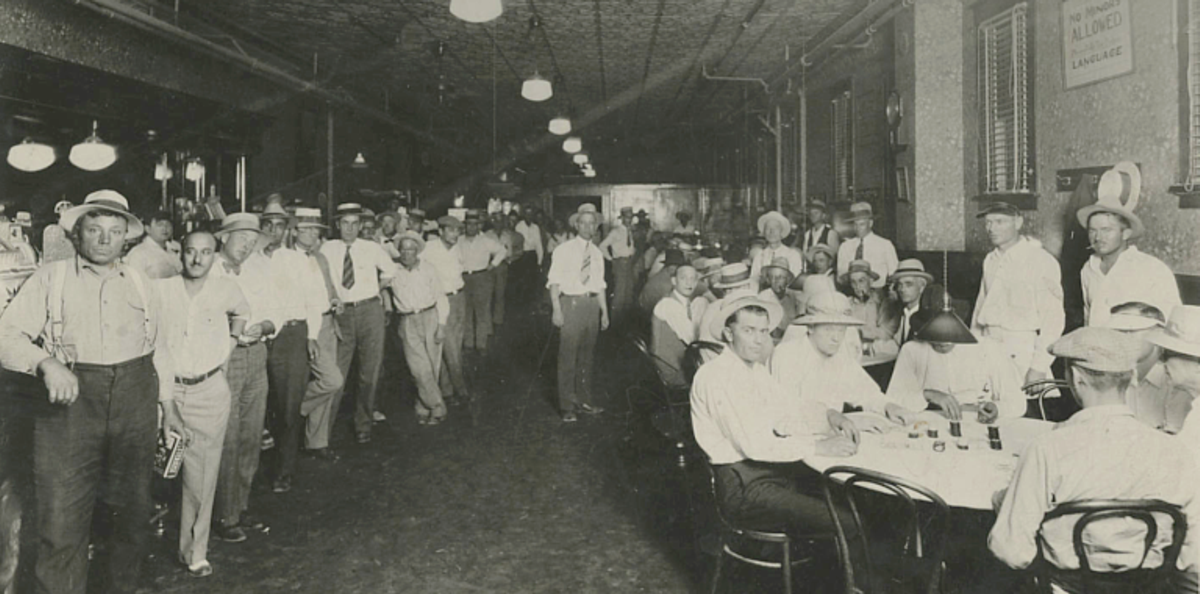
Nevada voted to repeal Prohibition – which it also had on the state level – in 1923. But it was a symbolic gesture. Alcohol would still be federally illegal for 10 more years.
“Prohibition was unsuccessful in Las Vegas because we have never, as a community, had an appetite for controlling vice,” Claire White, director of education for the Las Vegas Mob Museum, told Casino.org. “This was a town that was wet before Prohibition, it was wet during Prohibition, and it only got wetter after Prohibition ended.”
Since Nevada no longer had a state Prohibition statute, police officers in the state were not technically duty-bound to enforce national Prohibition laws. Las Vegas did have a city ordinance against alcohol. But fines for violating that were considered a cost of doing business.
The situation is reminiscent of today’s confusing and conflicting state and federal laws regarding the legality of cannabis.
“It’s very difficult to legislate morality, so there are definitely comparisons to be made,” White said. “The voters who pushed prohibition through Nevada’s legislature were not necessarily the majority in most of Nevada’s counties. State and city law enforcement didn’t want to enforce it. It was costly. It was time-consuming. It didn’t really benefit them. And many of them personally drank and had no problem with drinking.”
Vice Principles
We wrote that Kelly was acting as an undercover agent. He was really just a wannabe who happened to be friends with a federal officer. Since Kelly knew all the speakeasy owners and suppliers in town, that officer hooked him up with Special Agent Wayn Kain of the Justice Department, who drove down from San Francisco to set up the sting with Kelly in February.
A fake speakeasy was concocted as the easiest way to nab the producers, distributors, and transporters of alcohol.
For Liberty’s Last Stand, Kain directed Kelly to buy liquor from multiple distributors and pay them with bank checks to form a paper trail. Kelly easily contracted for whiskey, gin, absinthe, and beer. In exchange for his role in the ruse, Kelly claimed, he was promised money and a position as a Prohibition agent.
In the back of their new speakeasy, Kain hid a Dictaphone recording device, which would pick up conversations with unknowing government officials – including local US Commissioner W.H. Hooper, who stopped by one day requesting a bribe. (Oops!) It also captured a fellow speakeasy operator stating that he paid the Las Vegas chief of police, Percy Nash, $100 a month for protection from the city’s anti-drinking ordinance.

Three weeks after it opened, the fake bar closed, and the real fun began. Using the evidence gathered at Liberty’s Last Stand, 55 agents were summoned from San Francisco, Reno, and Los Angeles to execute the raid. (Because of its small size – 5,165 people as of 1930 – and remote location, Las Vegas had no federal building, court, or office space for Prohibition agents.) They arrived on May 18, 1931.
The Prohibition agents had to drive all the way down from San Francisco because local law enforcement refused to enforce the federal law,” White said. “That’s an uncomfortably long drive today, but just imagine it without the interstate highway system or air conditioning.”
Kelly and Kain bought another bar on Boulder Highway, four miles from Las Vegas. (Unfortunately, its name is lost to time.) They ordered illegal booze from 12 bootleggers to be delivered there. As the trucks arrived in the morning, the 20 Prohibition agents with Kelly and Kain arrested 35 suspects. The other 35 agents raided 25 speakeasies, five breweries, and three stills.
In all, the agents made somewhere between 100 and 200 arrests that day. (Sources vary.) In addition to bootleggers, saloon owners, and crooked cops, they included the local administrator for Prohibition, W.G. Walker. Neither Hooper nor Nash was arrested, but both resigned shortly after that. More than 220 gallons of whiskey, 15 gallons of gin, and 15 gallons of beer were seized.
The bootleggers received the heaviest sentences of those convicted — a year and a day in jail.
Kelly never received any money for his part in the largest raid in Nevada history at the time. But Kain lived up to his promise to get him a job as a Prohibition agent. Unfortunately, he could only hold onto it briefly – until he failed the required civil service exam. At least Kelly got to write and publish Liberty’s Last Stand, his 1932 book about the raid.
“It’s so easy for us to look back and question how Prohibition happened or to assume that if it became a law that people were clearly on the up-and-up about it,” White said, “but you know, from day one, this was just an opportunity for people ostensibly on both sides of the law to make a bunch of money.”
“Lost Vegas” is an occasional Casino.org series featuring remembrances of Las Vegas’ lesser-known history. Click here to read other entries in the series. Think you know a good Vegas story lost to history? Email corey@casino.org.
Related News Articles
7 Places Where You Can Still Experience Classic Las Vegas
Fake History: ‘Historic’ Showgirl Sign isn’t the Original
Vegas Vic Sign Comes Slowly Back to Light
Most Popular
Las Vegas Overstated F1 Race’s Vegas Impact — Report
Vegas Strip Clubs Wrestle in Court Over Animal Names
Mega Millions Reportedly Mulling Substantial Ticket Price Increase
Las Vegas Strip Stabbing Near The Strat Leaves One Man Dead
Most Commented
-
End of the Line for Las Vegas Monorail
— April 5, 2024 — 90 Comments -
Mega Millions Reportedly Mulling Substantial Ticket Price Increase
— April 16, 2024 — 6 Comments -
Nearly Abandoned Mall Outside Vegas Soon to Have Only One Tenant
— March 12, 2024 — 5 Comments -
Long Island Casino Opponents Love New York Licensing Delays
— March 27, 2024 — 5 Comments
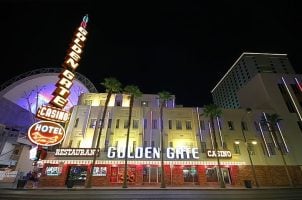










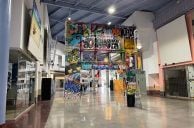

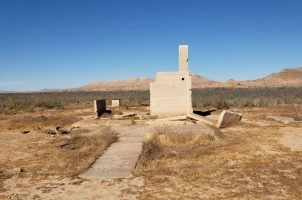
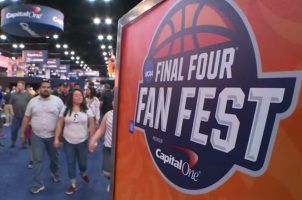
Last Comment ( 1 )
this was a great place they need more this place